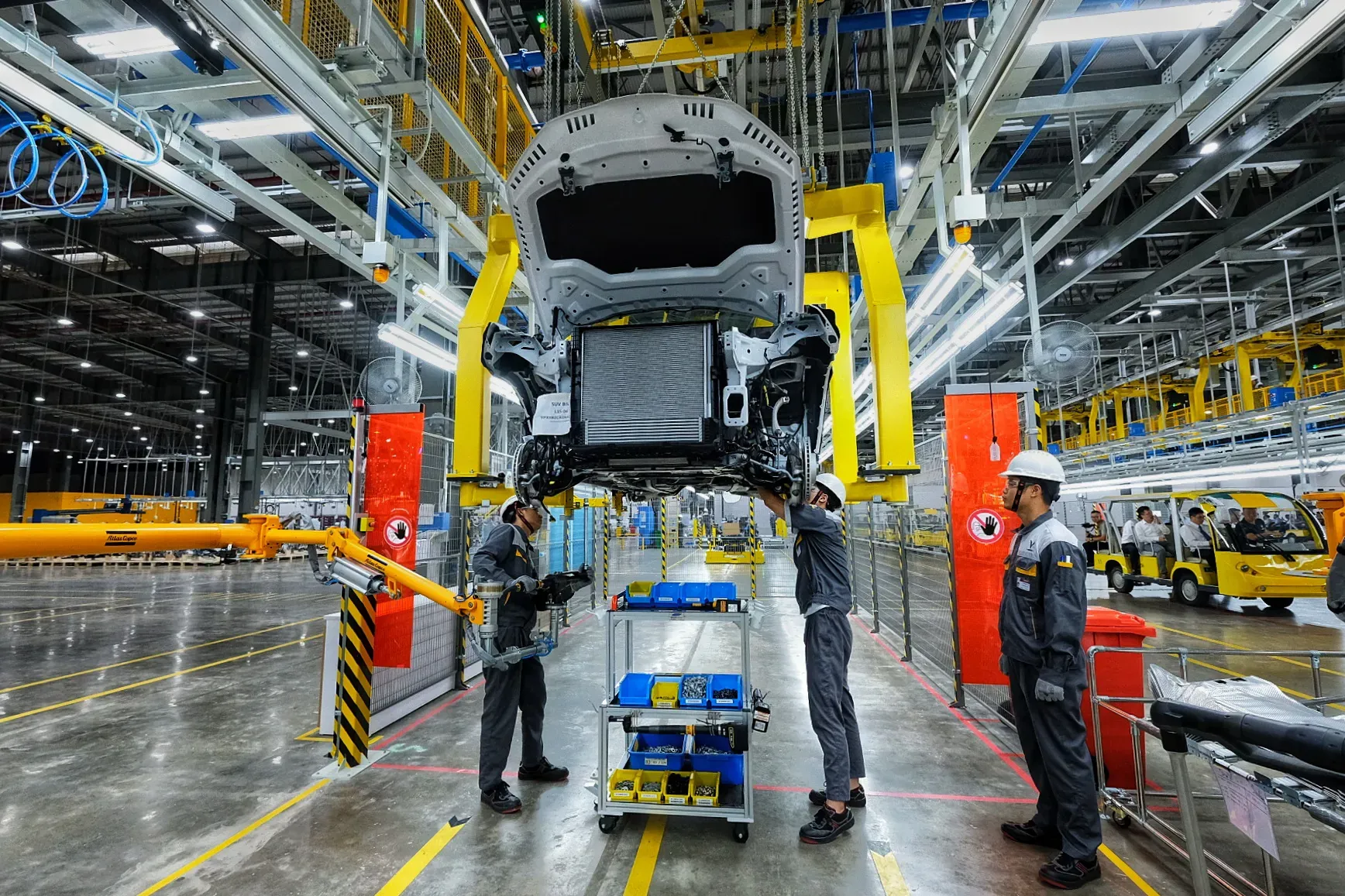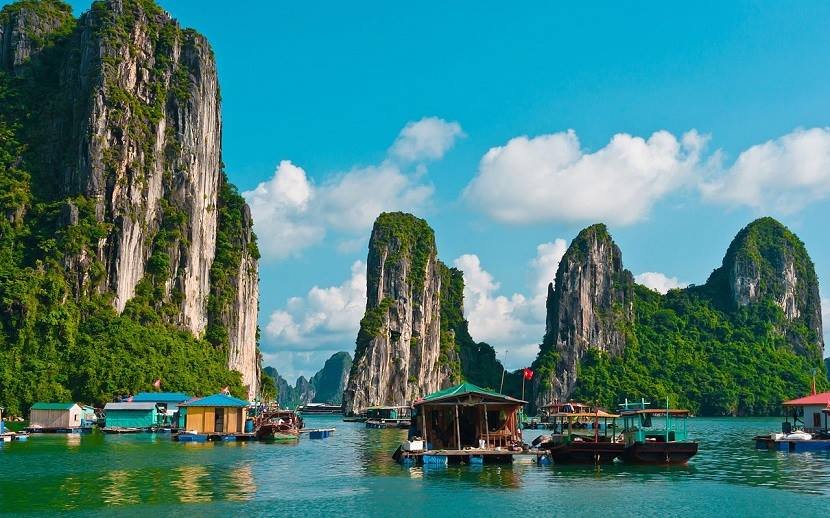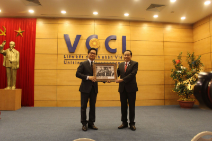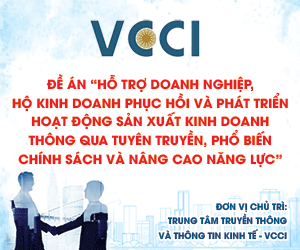Vietnam leads Southeast Asia in aid disbursement performance
The Southeast Asia Aid Map found that while over $290 billion in official development finance was committed regionally during 2015–2023, Vietnam stood out with a 95% disbursement rate, far ahead of many neighbors.
Vietnam achieved the highest aid disbursement rate in Southeast Asia between 2015 and 2023, turning 95% of pledged development finance into actual results, according to the Lowy Institute’s Southeast Asia Aid Map.

Vietnam's disbursed aid in the 2015-2023 in the Southeast Asia Aid Map released by the Lowy Institute on September 30. Source: The Lowy Institute
The map, released on September 30 in partnership with the Embassy of Australia in Hanoi, showed Vietnam’s exceptional performance in utilizing official development finance (ODF) compared to regional peers.
Statistics by the Aid Map indicate that Vietnam received US$52.3 billion in committed finance during this period and successfully disbursed $49.6 billion, demonstrating the large scale of aid directed to Vietnam and the country’s ability to implement projects effectively .
By contrast, many of its regional neighbors continue to face significant gaps between commitments and actual spending, with Indonesia reaching 84%, Timor Leste 82.35%, Laos 77.1%, Cambodia 68.43%, Malaysia 55.5%, the Philippines 49.49% and Myanmar 48.24%.
The Aid Map reports that the country hosted 22,538 projects implemented in cooperation with 80 development partners, showing Vietnam’s broad engagement with the international community and its strong track record in managing external resources.
Regionally, Vietnam accounted for 17% of total ODF disbursed in Southeast Asia over the 2015–2023 period, making it one of the largest and most efficient recipients in the region, according to the Lowy Institute’s dataset.
Vietnam’s development finance was dominated by loans, with concessional loans making up 46%, non-concessional loans 38%, and the remainder provided as grants. This structure mirrors Vietnam’s rising income status and donors’ preference for repayable resources over direct aid.
In terms of sector, the Aid Map notes that ODF to Vietnam focused heavily on infrastructure, energy and economic development, consistent with the country’s modernization agenda.
While the overall performance is strong, the Aid Map shows a declining role for ODF relative to Vietnam’s economy. The official development finance equaled 3.9% of GDP in 2015 and fell to 0.% by 2023, reflecting both Vietnam’s rapid economic growth and reduced reliance on foreign assistance.

Production line at Vinfast company, Vietnam. Photo: Pham Hung/The Hanoi Times
Regional comparisons
Across Southeast Asia, more than $290 billion in ODF was committed between 2015 and 2023. Yet while several countries lagged in execution, Vietnam’s 95% rate stood out as exceptional.
Cambodia, Laos, and Myanmar remain more aid-dependent but often struggle with lower implementation capacity. Meanwhile, the Aid Map warns of potential funding pressures as traditional donors such as the United States, the United Kingdom, and the European Union consider cuts that could reduce regional ODF by over $2 billion in the coming years.
According to the Lowy Institute’s Aid Map, Vietnam’s success is attributed to its strong institutional capacity and consistent ability to absorb development finance at scale. As aid flows shift from grants to loans and as climate and social sectors demand more attention, sustaining this record will require continued reform and careful prioritization.
So far, in Southeast Asia’s aid landscape, Vietnam is both a major recipient and the most effective in ensuring that committed funds are spent and development goals are advanced.
Launched in 2023, the Aid Map is a comprehensive database tracking ODF flows in Southeast Asia. The third edition covers 2015–2023, with data on 130,000 projects involving 109 development partners and totaling $290 billion across all 11 regional nations.
By compiling millions of official data points from reports, budgets, and media sources, the map provides the most detailed picture yet of development finance in Southeast Asia.








